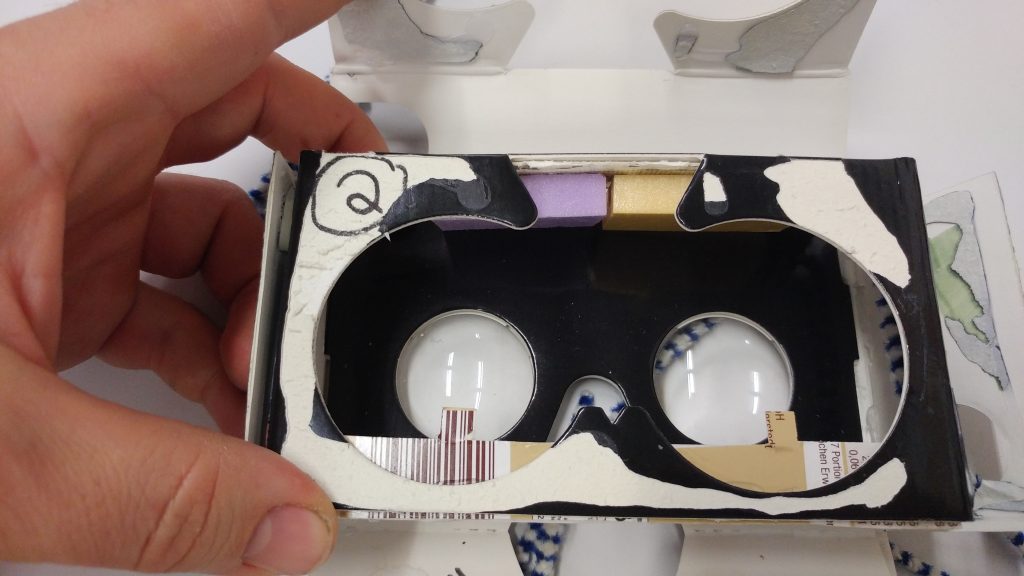Rather than implementing a new VR Headset for EyeSkills, could we push the price-point down even further, by hacking the standard Google Cardboard V2 design? That’s one of the questions we explored last weekend at Careable’s first Hackademy! The standard design has a capacitive button which touches the screen as user input when the user…
Hackademy – hacking Google Cardboard V2

